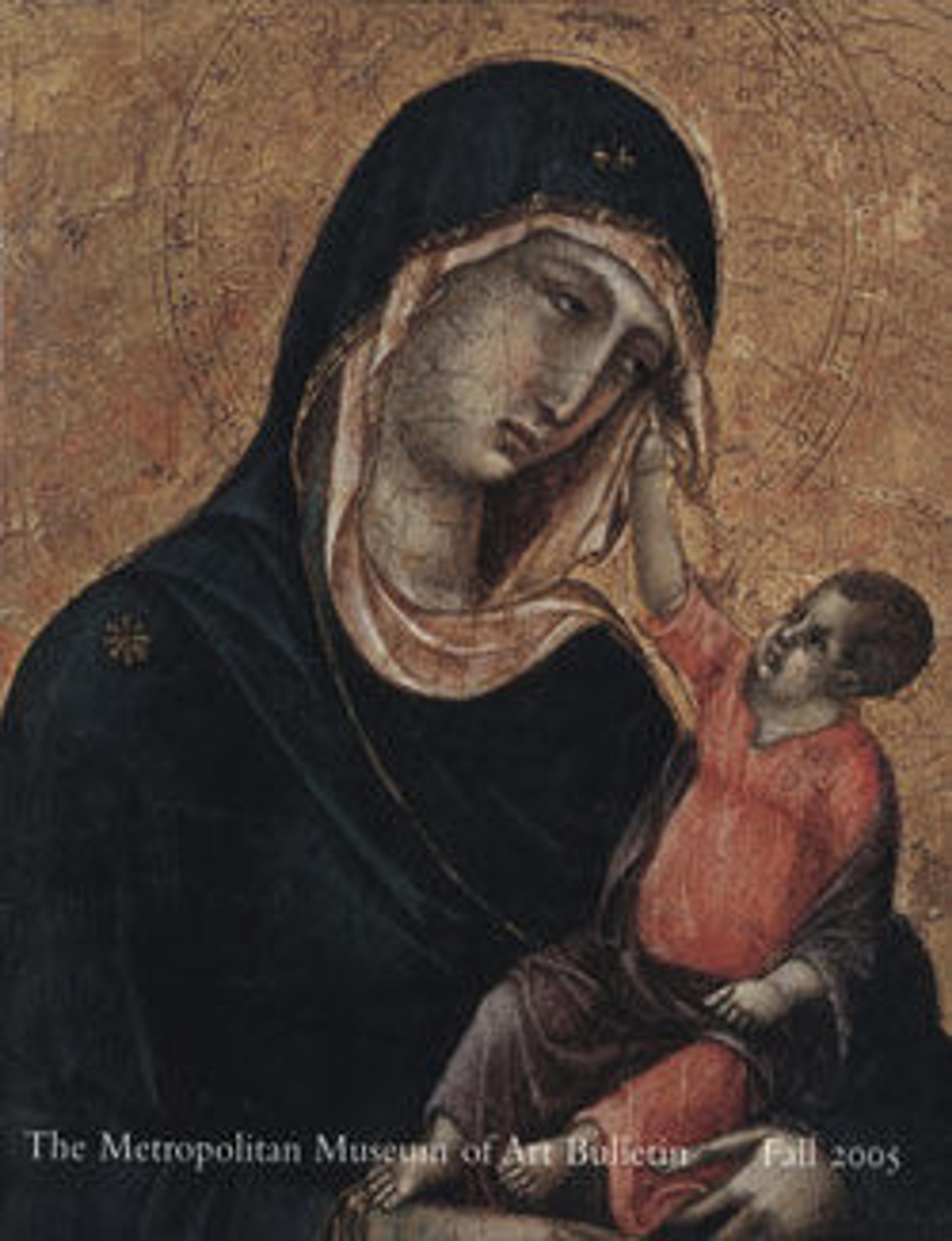Meleager
Meleager, the mythological hero, led the team of hunters who banded together to slay the Calydonian boar, a ferocious beast sent by the goddess Artemis to terrorize his family kingdom. He is typically portrayed with the boar's head at his feet; here he also wears an animal pelt draped gracefully around his shoulders. According to legend, Meleager fell in love with the huntress Atalanta, the only woman among the band, and offered her the trophy in recognition of her prowess. Our sculpture was originally paired with one of Atalanta when it was acquired by Joseph Smith (1682-1770), the British consul to Venice, a great supporter of the arts known for his patronage of Canaletto. The under-lifesize figure shows a round cheeked youth just on the verge of manhood. His stance and elegantly chiseled mop of hair evoke the widely reproduced portraits of the Roman emperor Hadrian's favorite, Antinous, and contribute to an overall impression sug gestive of the Neoclassical taste that prevailed later in the century. Gai, one of the more gifted practitioners of Venetian garden sculp ture, enjoyed a particular vogue among the English travelers on the grand tour who were great promoters of Neoclassical style.
Artwork Details
- Title: Meleager
- Artist: Antonio Gai (Italian, Venice 1686–1769 Venice)
- Date: 1735
- Culture: Italian, Venice
- Medium: Marble
- Dimensions: Overall (wt. confirmed): 56 1/4 in., 493lb. (142.9 cm, 223.6233kg)
- Classification: Sculpture
- Credit Line: Gift of Mrs. Judith M. Taubman, 2005
- Object Number: 2005.107
- Curatorial Department: European Sculpture and Decorative Arts
More Artwork
Research Resources
The Met provides unparalleled resources for research and welcomes an international community of students and scholars. The Met's Open Access API is where creators and researchers can connect to the The Met collection. Open Access data and public domain images are available for unrestricted commercial and noncommercial use without permission or fee.
To request images under copyright and other restrictions, please use this Image Request form.
Feedback
We continue to research and examine historical and cultural context for objects in The Met collection. If you have comments or questions about this object record, please contact us using the form below. The Museum looks forward to receiving your comments.
